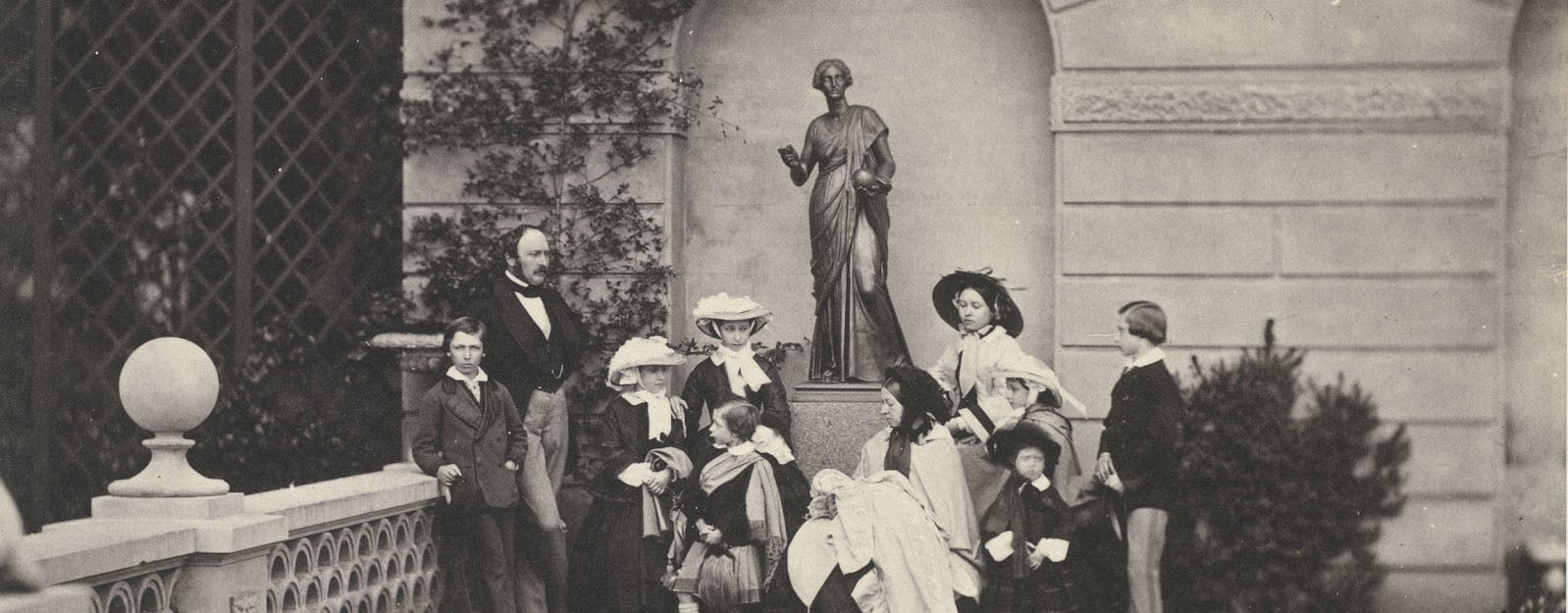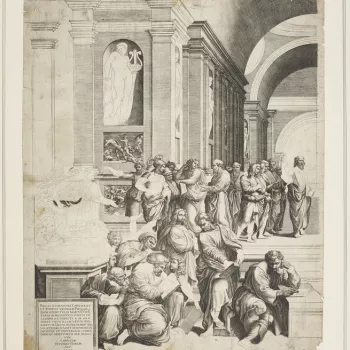Prince Albert: his life and legacy
To be explored through a major new digitisation project

Prince Albert was the second son of Ernest I, Duke of Saxe-Coburg and Gotha, and Princess Louise of Saxe-Gotha-Altenburg. In 1840 he married Queen Victoria. At this time the United Kingdom was the pre-eminent world power and a country at the cutting edge of technical and social change in the nineteenth century.
In 1838-9, Prince Albert went on the 'Grand Tour' to Italy. He went on to study law, political economy, philosophy and the history of art at the University of Bonn. During this time he saw how art and design could have significance for society. Sir Theodore Martin's biography of Prince Albert published in 1875-80 states the Prince's ambition was to become a patron of 'artists, …men of learning and science'. The public demonstration of his interest in science and technology, as well as in the arts (such as being invited in 1843 to become President of the Society of Arts), ultimately gained him the support and the approval of the British people.
His patronage of the arts in Britain led to the creation of the Great Exhibition of 1851, the founding of several national museums and greatly enhanced the Royal Collection. A proficient amateur artist and an inspired designer himself, there are over 500 works created, designed or compiled by the Prince still in the Royal Collection. He personally oversaw the design of Osborne House on the Isle of Wight, with his artistic advisor Ludwig Grüner, and of Balmoral Castle in Aberdeenshire. He also patronised the creation of the beautiful Royal Dairy at Frogmore, decorated with Minton tiles and fountains.
Prince Albert also instigated the reorganisation and more systematic cataloguing of the Royal Collection and furnished the Print Room at Windsor for the storage of works of art on paper. He led the initiation of a project using the new discipline of photography to collect images of all works by and after Raphael, whom Albert held to be the doyen of Renaissance artists. This project was intended for public good rather than private enjoyment and as a resource to inspire artists and designers. Photography was in its infancy at this time and Albert was a crucial early advocate of its uses for artistic and recording purposes.
Prince Albert was created Prince Consort in 1857 and died at Windsor Castle in 1861.
A major new digitisation programme will transform understanding of Prince Albert's role in national life and his profound influence on Victorian society. The three-year Prince Albert Digitisation Project, scheduled for completion at the end of 2020, will make available on the Royal Collection Trust website some 23,500 items from the Royal Archives, Royal Collection and the Royal Commission for the Exhibition of 1851.
The Prince Albert Digitisation Project is supported by Sir Hugh and Lady Stevenson in honour of Dame Anne Griffiths DCVO, former Librarian and Archivist to His Royal Highness The Duke of Edinburgh, and by the Royal Commission for the Exhibition of 1851. Royal Collection Trust is also partnering with the Bodleian Libraries, University of Oxford, on a post-doctoral research fellowship, building on a previous collaboration to present Queen Victoria's Journals online.
The following trail presents an introduction to this project. The first tranche of material will be published in the summer of 2019 to mark the bicentenary of Prince Albert's birth.










